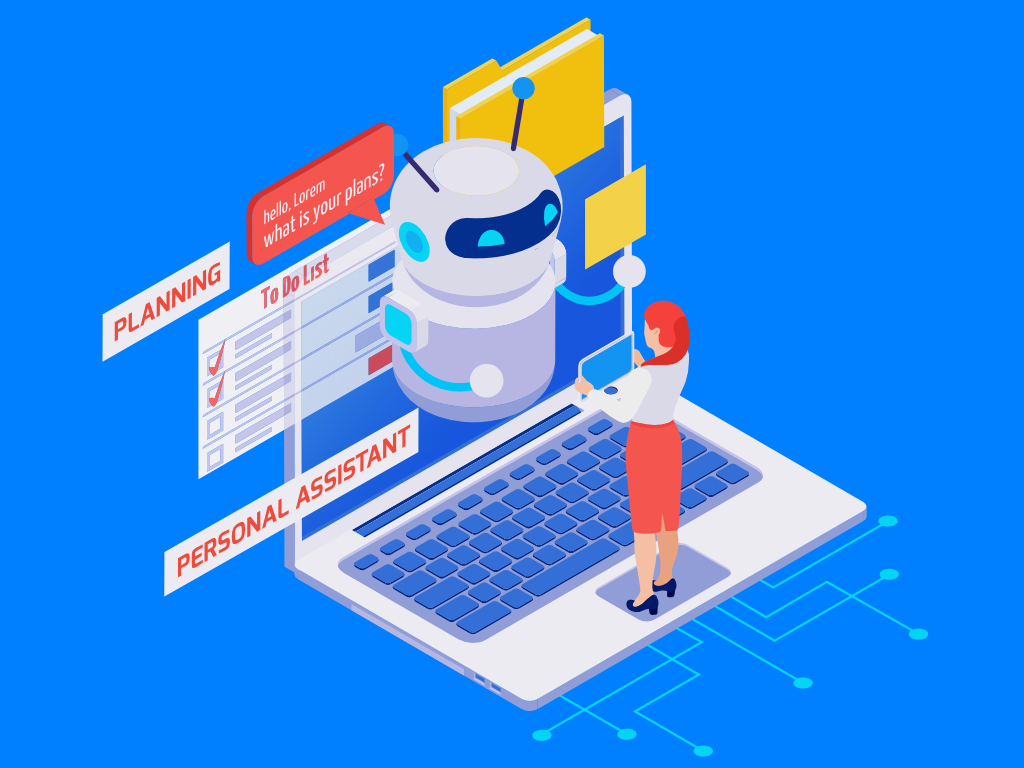About Artificial Intelligence (AI)

The term 'Artificial Intelligence' as imagined by mass media and the general public, and even as depicted in anime, manga, and movies, is still ambiguously defined and conceptually used by us experts. In the field of computer science, practical technologies such as Machine Learning (ML) and Deep Learning (DL) are highlighted.
Deep Learning (DL) is a subfield of Machine Learning (ML), which in turn is a subfield of Artificial Intelligence (AI), and AI itself is a branch of computer science, each correlating with one another.
Machine learning focuses on mimicking human learning methods using data and algorithms, gradually improving accuracy. Recent examples include pinpoint recommendation features in online services and autonomous driving in electric vehicles (EVs), which broadly utilize AI, but more precisely, are realized through machine learning technologies.
Machine learning is a particularly growing field in recent data science, employing statistical methods to perform classification and prediction through algorithms. There was a boom in big data and data mining a while back, but machine learning has advanced those by integrating them further.
Further subdividing machine learning, there are models like 'supervised learning' where the model learns with correct answers provided to the training data, 'unsupervised learning' where the model finds similarities and patterns in the data without correct answers, and 'reinforcement learning' (RL) where the model learns the method that maximizes rewards (evaluations for actions) without prepared training data.
While the general public might expect AI to perform tasks like inventing and creating, the reality is that it is merely computer computation, producing mathematical results that are valid statistically, nothing more, nothing less. However, the concern that AI might take away jobs under certain conditions is valid; simple clerical tasks could be replaced by AI. Even complex fields like tax law, which are intricately rule-based, could ultimately be handled by AI. Rather, such 'complex yet clearly rule-based fields' are where AI excels. Where a human tax accountant might need thousands of hours of learning, AI can produce results instantly. If interpretations by the National Tax Agency were more clarified, it could even reduce the number of government employees. In Estonia, part of the Baltic states in Eastern Europe, the digitization of the government has essentially eliminated the need for accountants and tax consultants. Algorithms have resolved these roles. While one might view this as increasing unemployment, it's similar to historical shifts in our country where jobs like basket weavers, couriers, papermakers, and ticket punchers at train stations were phased out, but those people simply moved to other jobs. On the positive side, AI is a technology that liberates people from mundane tasks, allowing humans to engage in more creative and innovative work.
As indicated by our company name, we have specialized in database engineering since our founding, but inevitably, the evolution of databases has led us to data mining, big data, and machine learning. Artificial intelligence can be considered an evolved form of databases.
Major machine learning algorithms (machine learning frameworks) such as TensorFlow, PyTorch, Keras, and scikit-learn are available as open-source. For companies looking to quickly develop AI-integrated applications, using these algorithms is an optimal choice.
At DBC, we focus more on researching these machine learning algorithms, the engines of artificial intelligence, rather than just implementing them into applications.
Open Source Machine Learning Frameworks
If you want to easily incorporate artificial intelligence, the following open-source machine learning frameworks are recommended. As evidenced by the presence of individual developers as well as big tech, algorithm development does not necessarily require massive capital investment and can be achieved with a handful of talented individuals. This applies not only to the field of artificial intelligence but to the entire IT sector. Our company has patents, but all IT (ITC) technologies can derive from a single person's inspiration. Innovation and company size are often unrelated in the IT field.
| Name | Developer | Initial Release | Supported Languages | License |
|---|---|---|---|---|
| TensorFlow | 2015 | Python, C/C++, Java, Go, JavaScript, Swift, etc. | Apache 2.0 | |
| PyTorch | Facebook (Meta) | 2016 | Python, C++ | BSD |
| Keras | Francois Chollet | 2015 | Python, R | MIT |
| scikit-learn | David Cournapeau | 2007 | Python, C/C++ | BSD |
| ML.NET | Microsoft | 2018 | C#, F# | MIT |

 JPN
JPN